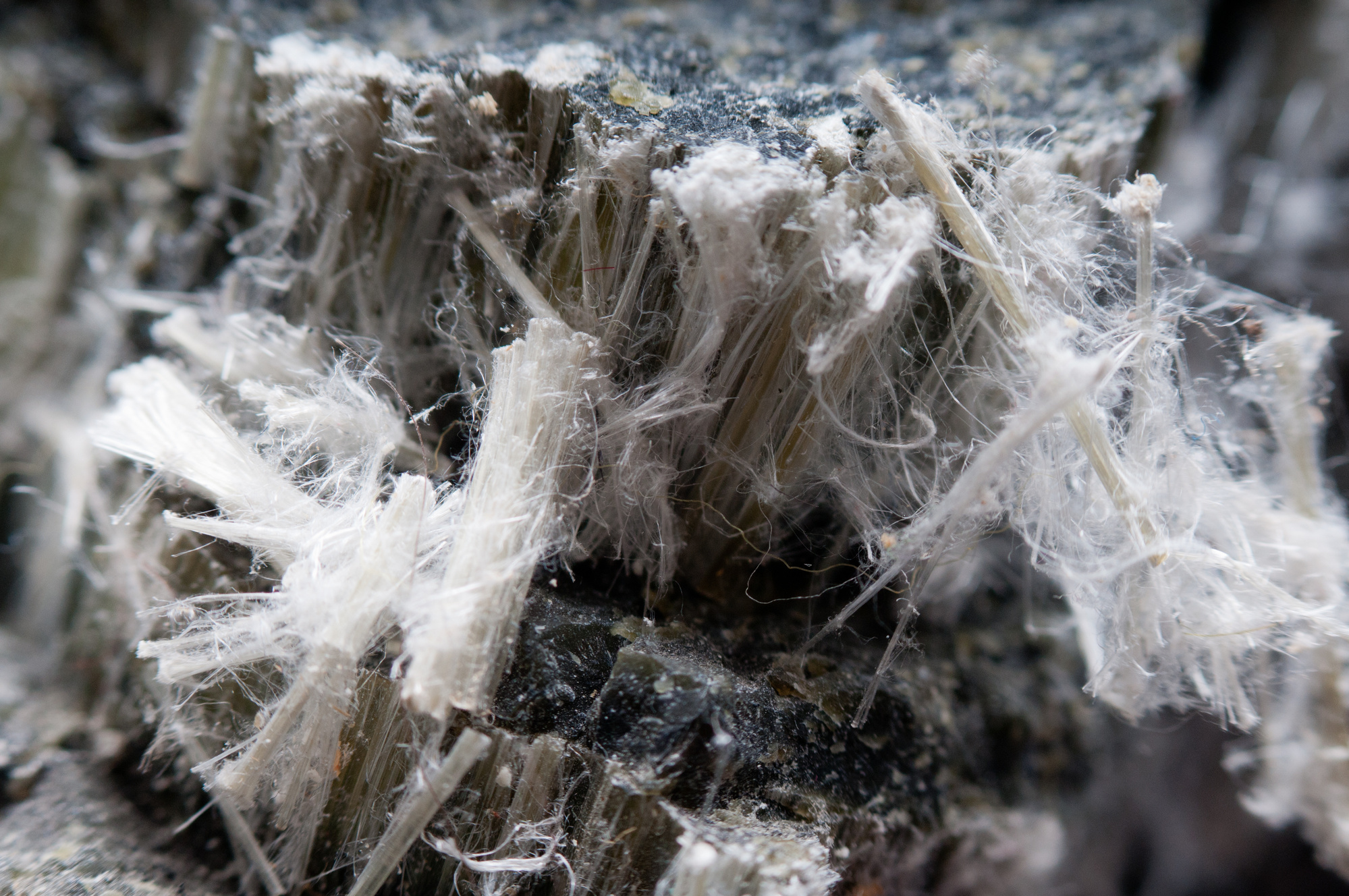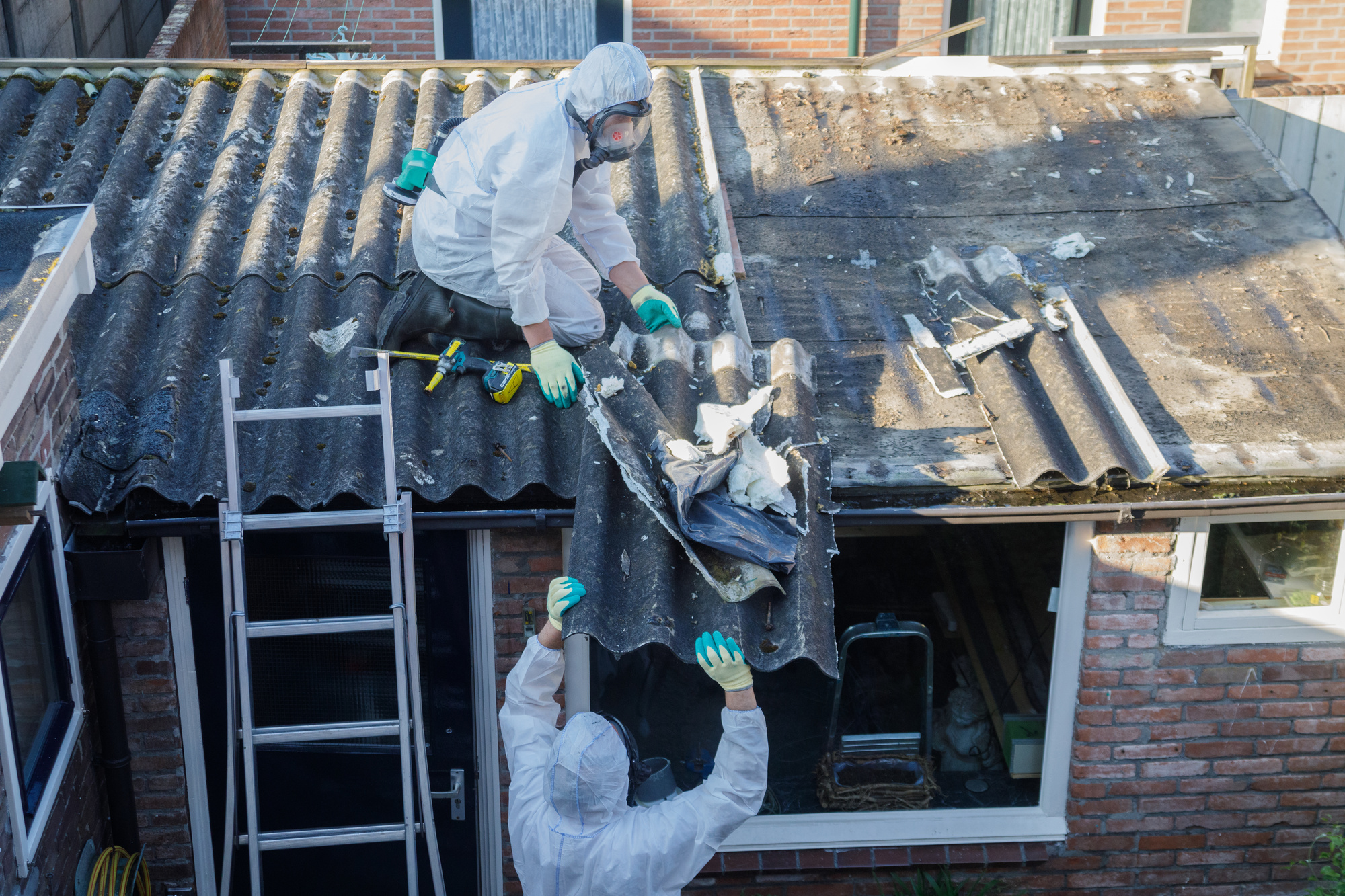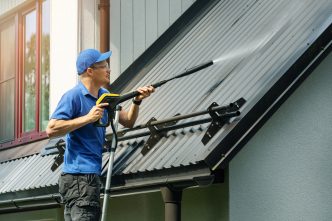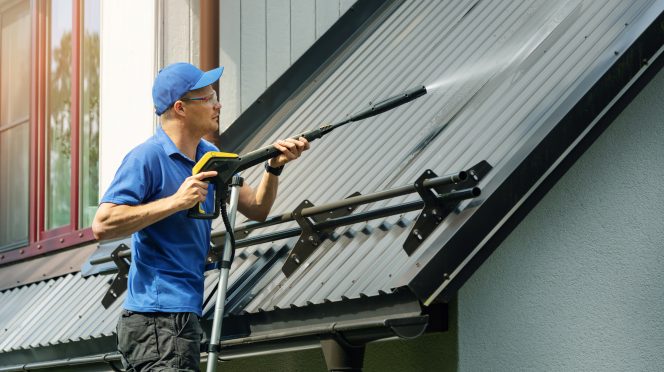Preparing for a home transformation, with contemporary designs and state-of-the-art features? But, before you dive headfirst into the renovation process, you need to consider an important, often overlooked detail: asbestos, a material widely used in past construction, potentially hidden in your home.
Encountering this hazardous material during a renovation could pose serious health risks. Therefore, no matter where you reside or what grand vision you have for your home, understanding and managing the potential of asbestos is crucial.
Asbestos: Its Composition and Historical Use
Previously, the construction industry widely used asbestos for its ability to resist heat, but our understanding of its harmful effects has since led to a significant shift in practices. Asbestos removal in Wollongong and other areas often necessitate professional help, particularly in older homes and buildings. The following are key aspects of asbestos:
- Taking A Closer Look At Asbestos. Asbestos refers to a group of naturally occurring, heat, electricity, and corrosion-resistant minerals once valuable in construction.
- Historical Use. The popularity of this material soared from the late 19th century to the late 20th century due to its beneficial properties. Its heat and corrosion resistance made it common in roofing, insulation, floor tiles, and more.
- Types. There are six types of asbestos – Chrysotile, amosite, crocidolite, tremolite, anthophyllite, and actinolite. Chrysotile, or white asbestos, was the most widely used type in the past.
Understanding the composition and historical use of asbestos is crucial, but what becomes even more significant is realizing the challenges that its presence can pose during home renovations.
Why Asbestos Is A Concern In Home Renovations
In the context of home renovations, asbestos poses hidden yet significant risks. Its invisible but harmful health impacts and associated legal implications make it a significant concern. Here’s why:
- Risks Of Unnoticed Asbestos. Many countries have strict regulations on its management due to the significant health risks it can pose when unnoticed.
- Environmental Hazard. If not disposed of correctly, asbestos can contaminate the environment, posing a risk to public health.
Given these risks, identifying asbestos in your home becomes crucial.
How To Identify Asbestos In Your Home
Various parts of your home may contain asbestos, often undetected. Here’s what you need to know to spot it:
- Where Asbestos May Hide In A Home. Asbestos can often be found in areas such as insulation (especially in attics), vinyl floor tiles, roof shingles, cement pipes, and potentially in textured paint or patching compounds.
- Signs Of Asbestos Presence. Damaged or deteriorating materials in older homes may suggest asbestos presence, though confirmation is required.
- Age Of The Home. Old homes built or remodeled prior to the 1980s are more likely to contain asbestos.
Identifying potential asbestos sites in your home is important, but a professional inspection is required for definitive confirmation. So let’s look into the importance of getting an asbestos inspection before your home renovation.
Importance Of Asbestos Inspection Before Home Renovation
An asbestos inspection is a vital first step before you begin home renovations. This crucial step safeguards:
- Health Protection. The inspection guards against the inhalation of airborne asbestos fibers during refurbishment, thereby protecting your health.
- Legal Compliance. It ensures compliance with local regulations and laws related to asbestos, saving you from potential legal troubles.
- Post-Renovation Safety. It ensures a safe living environment by confirming asbestos absence or its professional mitigation.
Having understood the importance, let’s take a closer look at the inspection process.
Asbestos Inspection: The Process
Contrary to what some might think, the asbestos inspection process is straightforward. The following steps outline the process:
- Professional Inspection. A licensed professional will inspect your home, collecting and testing samples from potential asbestos sites.
- Home Preparation. Provide clear access to areas like basements, attics, utility rooms, and crawl spaces.
- Report. After the inspection, you’ll receive a detailed report with the findings and any recommended next steps.
Following the inspection, you might wonder what happens if asbestos is found next.
What To Do If Asbestos Is Found In Your Home
Discovering asbestos in your home can be concerning, yet manageable with professional action. It’s a call to take immediate, professional action. Here’s your plan of action:
- Asbestos Abatement. Professionals will manage the asbestos, either by removal or sealing.
- Safety Precautions. Follow all instructions from the abatement team to prevent asbestos exposure.
- Post-Abatement Inspection. A final check assures a safe home post-abatement.
Finally, it’s time to address the cost factor associated with this necessary process.
Cost Considerations
Consider the cost as a key aspect in the asbestos inspection and removal process. However, it’s vital to remember that skimping these costs could lead to severe health hazards.
Asbestos inspection typically costs between $200 and $800, varying based on property size and location. If asbestos is detected, removal costs may vary, influenced by the amount and location of the asbestos.
Depending on the extent of asbestos presence, you might incur additional costs for post-removal repairs and replacements in your home.
While the costs can seem substantial, they are an essential investment in ensuring the safety and well-being of your home’s inhabitants.
Prioritizing Safety In Home Renovations
Home renovations are more than just aesthetic updates and property value boosts; they also involve crucial safety measures. It is crucial to observe safety measures, especially in the identification and management of asbestos. Professional inspections and possible abatement are key to ensuring an asbestos-free renovation. Prioritizing safety without dampening the excitement of remodeling protects you from potential health risks and ensures your renovated home isn’t layered with hazardous materials.














